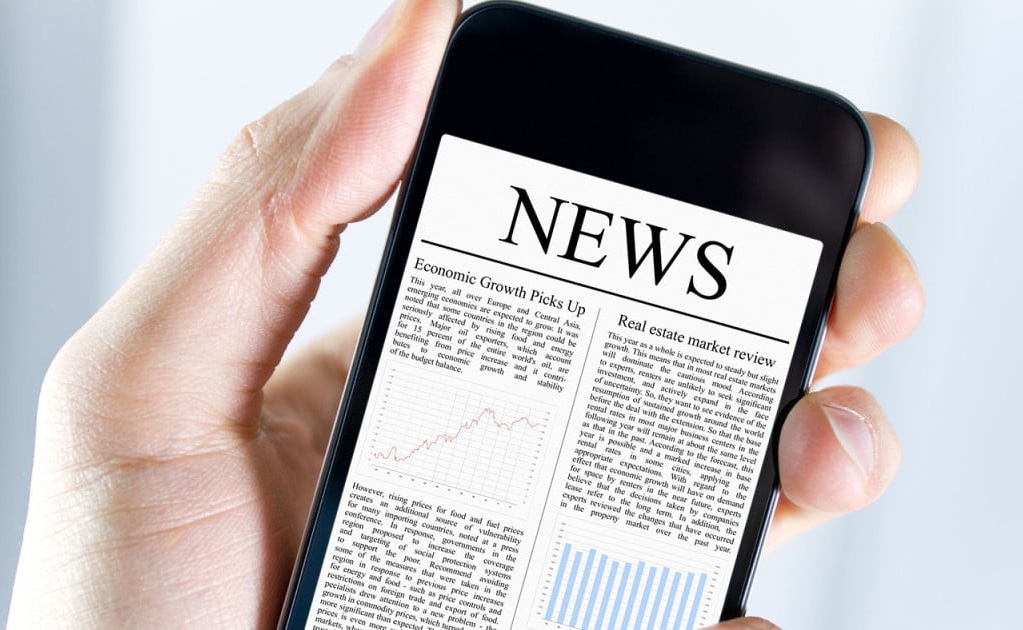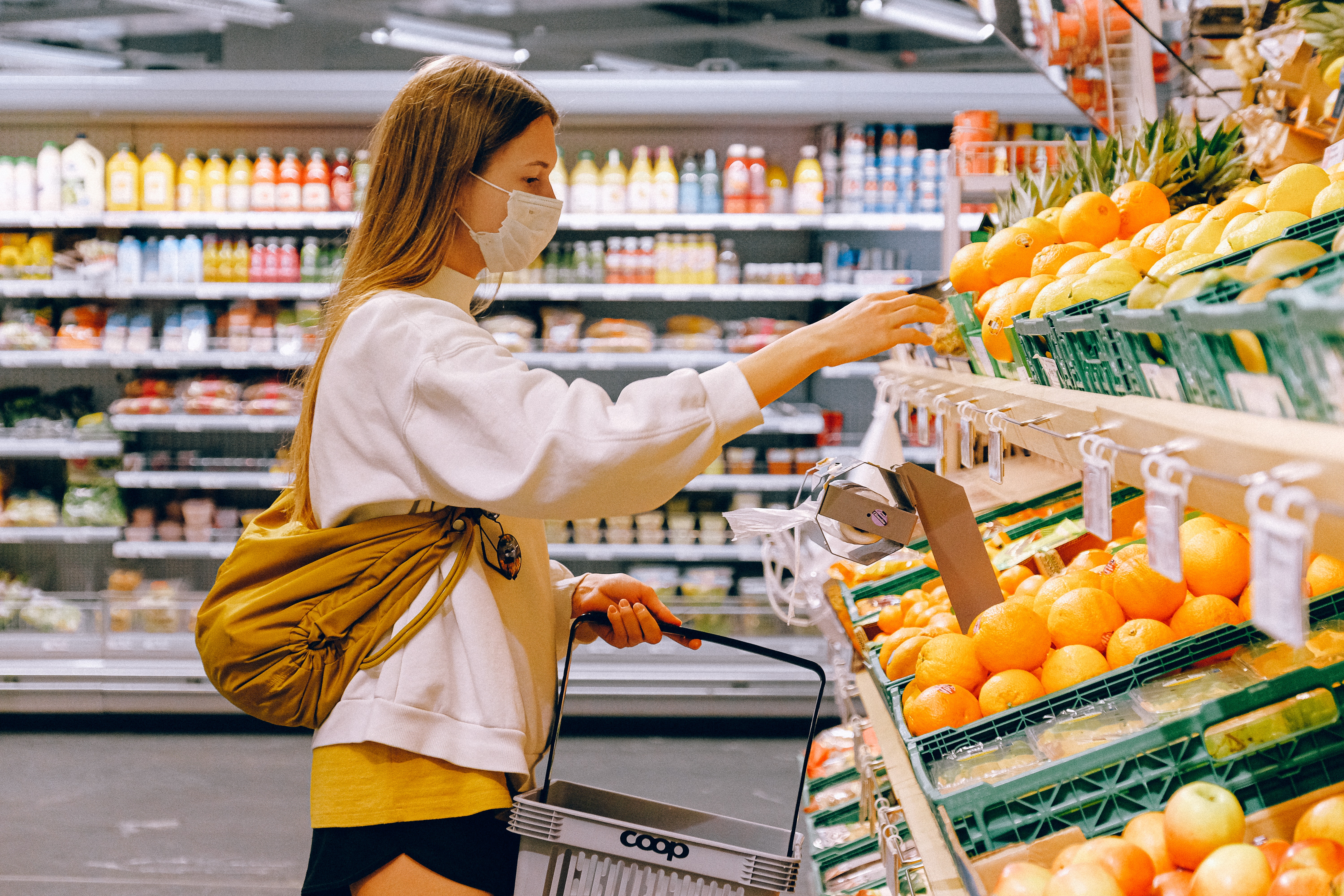According to a 16,000 patient survey conducted by Medisafe, a medication management company, 65% of participants will not get the vaccine immediately as it becomes available. They will wait until their doctor approves it or until enough people get the vaccine to know it works. Only 21% of people will take the vaccine as soon as it is available, while 9% admit they will never trust a COVID-19 vaccine.
Airbnb, which now offers over six million places to stay in the world, is showing a strong rebound in the United States. According to Airbnb accommodation booking data from Airbtics, prior to the coronavirus pandemic the average US state was experiencing a strong weekly booking of 116% YoY.
With the COVID-19 pandemic and persistent social injustices Americans have been consuming more news. Prior to COVID-19, mobile app usage of traditional news providers was in a state of decline and only worsening. From last July through January of this year Fox News and CNN average app usage was down 18.6% and 2.5% YoY, respectively. For the same period, The New York Times averaged growth of 1.3%, however was trending significantly negative.
As a result of COVID-19, by mid-March restaurants in most parts of the United States began suspending operations. According to research from 1010data, year-over-year sales in fine-dining, casual-dining and fast-casual establishments quickly plummeted 91%, 77% and 49%, respectively.
After being completely shut down for months, restaurants are quickly recovering. According to reservation data from OpenTable as of June 3rd, seated dining volume in states such as Rhode Island have already reached 90% of last year’s daily levels. On average it is taking states 16 days to reach 25% of last year’s daily reservation levels.
According to data provided by the Association of American Railroads (AAR), total carloads and intermodal traffic in the United States is down 22.0% YoY for the week ending May 16. This represents only a marginal improvement from the 23.3% YoY decline for the week ending April 18, the low point for the year.
With the US economy on pause, many companies are struggling to remain profitable. As we have seen in prior crises, advertising budgets tend to be the first expenses to be cut. This leads to the inevitable layoffs at media companies, advertising agencies, and internally at companies.
Global downloads of money remittance apps spiked in the second quarter from a 0.9% YoY decrease in the week ending March 22nd to a 37.9% increase last week. This increase is significantly higher than seen at any other period in the dataset. The data was provided by Apptopia which tracks downloads and usage across millions of mobile phone applications. This inflection point clearly shows a flood of new users looking for a way to quickly send or receive money.
The point of the Paycheck Protection Program (PPP) was to prevent businesses from having to lay off employees, adding to the country's already startlingly high unemployment. Writing the legislation was executed quickly and offered hope that the economy could survive the pandemic. Unfortunately, the execution continues to be lackluster.
Based on figures from 1010Data, a leading provider of consumer transaction data, we notice that Americans have begun venturing outside. Some have even returned to discretionary shopping.
As of mid-April, while state governments were still strongly recommending citizens to shelter-in-place, consumer activity had picked up noticeably. Visitors to big-box stores rose from a 51.2% YoY increase on April 18th to an 80.4% YoY increase on April 30th.
Based on foot traffic data from Advan Research, the last four weeks have shown a resurgence in visits to gas stations. It appears that people have quarantine fatigue after being locked in their homes for nearly two months.
Visits to gas stations reached a national low during the week ending April 5th. According to figures from Advan, traffic was down 38.1% from the yearly average and down 36.5% from the first week of April 2019.
China container exports to the United States rose 63.1% in April in terms of gross tonnage versus a March low. This represents a significant jump compared to a 22.3% month-over-month rise in April 2019.
As China’s largest trading partner, the United States accounts for 16.8% of all exports. April’s total tonnage of 4.0 million tons shipped to the United States represents a 16.2% annual decline. This is a significant turnaround relative to the 37.2% annual decline in March 2020.
Figures from a leading customs data provider, Descartes Datamyne, point to a rebound in China that is led by shipments of home goods, machinery, plastic goods, iron goods, and toys. The recovery, in fact, is quite broad as 73 of all 99 cargo categories (HS 2) experienced an increase in tonnage, even when adjusted for seasonality.
Additionally, on average, containerships travel 0.26% empty. In March 2020, empty containers nearly quadrupled to 0.94%. As a sign of balance and an increase in shipping demand, empty container rates have recovered to 0.40% in April.


















